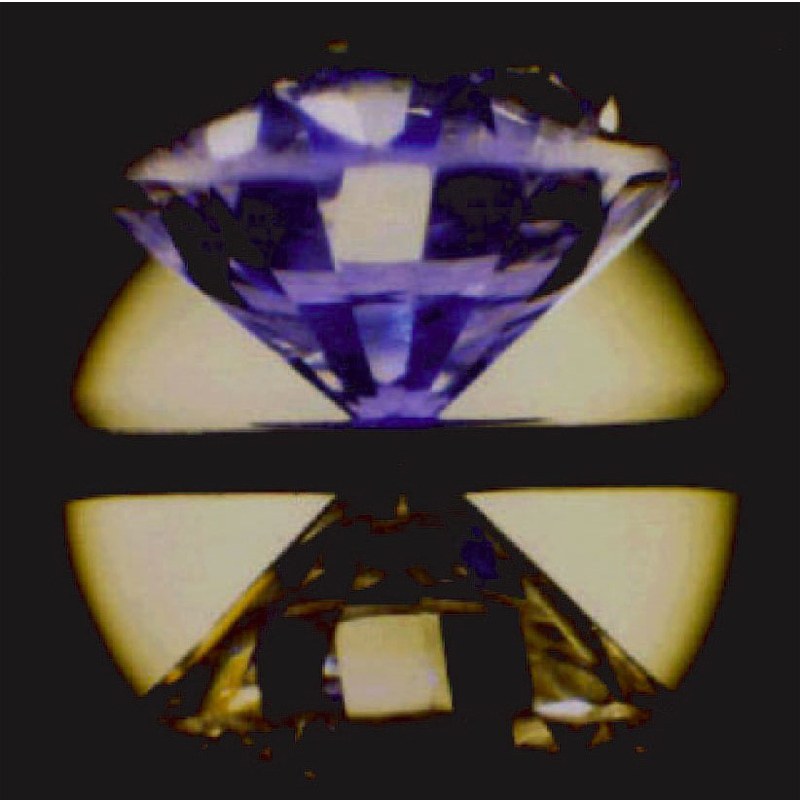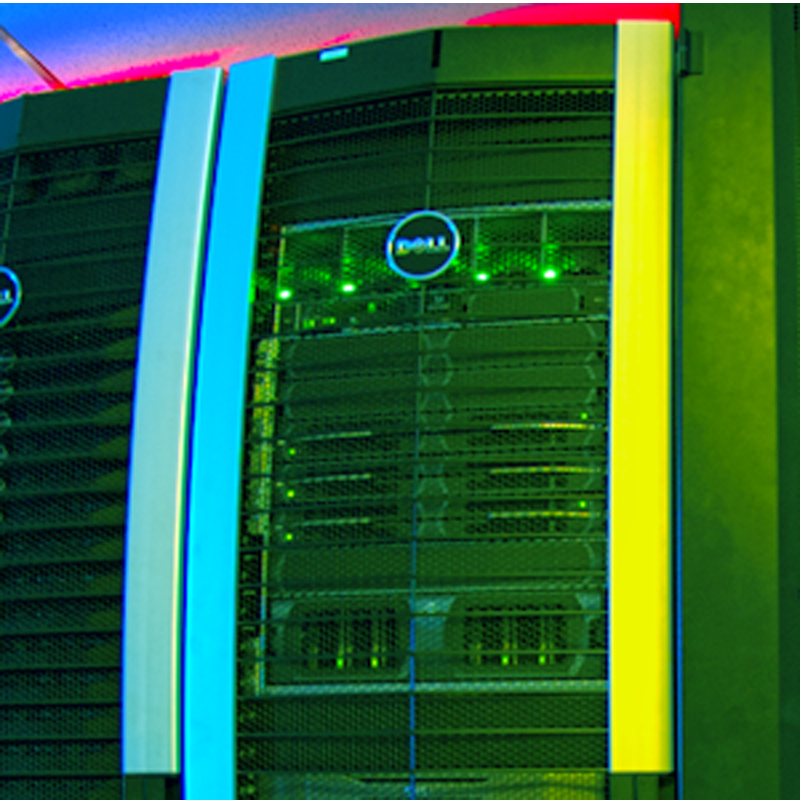LAB FACILITIES

Bench-top devices like diamond-anvil cells (DACs) provide an easy and versatile means to create pressures up to a few hundred GPa. To put things in scale, pressure at center of the earth is 330-360 GPa. These extreme mechanical conditions drive molecules and materials far away from their ‘comfort zone’, giving rise to unconventional properties and reactions. We use a wide variety of tools, from optical spectroscopy to electrical measurements, to gain fundamental insight into this new realm of chemistry. See pictures of some of our tools in the gallery.
SYNCHROTRON

Synchrotron radiations are electromagnetic waves generated by fast-moving (>99.9999% the speed of light) electrons. Their exceptional brightness (orders of magnitude higher than typical lab sources) enables a whole array of characterization tools compatible with DACs and other high-pressure apparatus.
We are in close relationship with some of the world’s most advanced synchrotron facilities. Techniques we use include X-ray diffraction, absorption and scattering, as well as UV/IR spectroscopy.
Read our research stories featured by two of DOE’s synchrotron facilities: ALS and APS.
COMPUTATION

We use modeling to guide the experimental search for unique and useful mechano-chemical systems. Methods we use include density-functional theory and molecular dynamics in conjugation with high-throughput screening. Currently we have access to resources in the Chemistry Department and at the Texas Advanced Computing Center.
